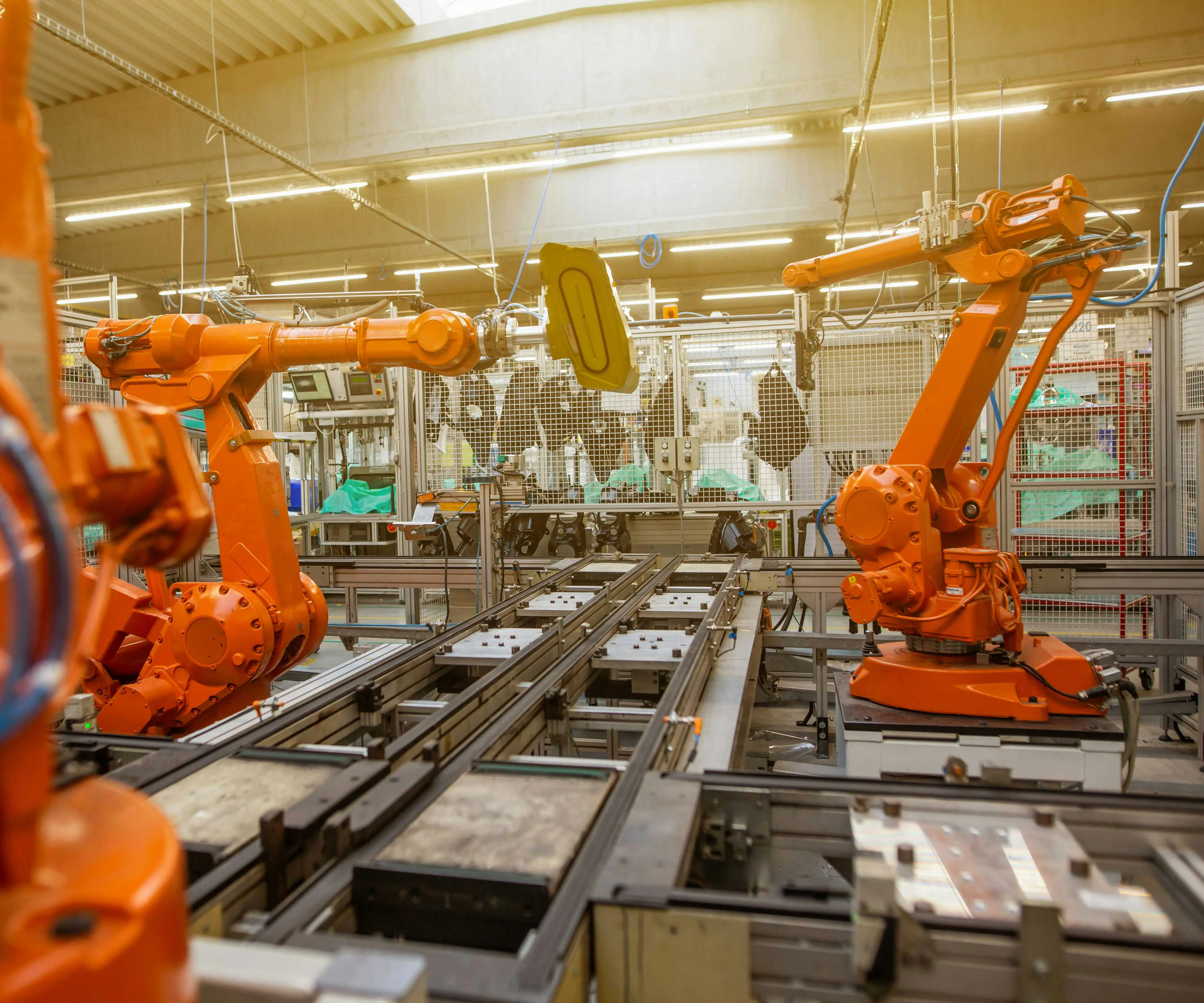part 1:
Unlock the Power of Precision: Mastering Servo Motor Setup with Arduino
Imagine a world where machines move with pinpoint accuracy, where tiny robots can perform delicate tasks, and where automation turns complex ideas into living reality. At the heart of much of this innovation are servo motors — the unsung heroes that bring precise motion to your projects. And when it comes to controlling these tiny marvels, Arduino stands out as the ideal companion, offering simplicity, flexibility, and endless possibilities.

If you're venturing into robotics, automation, or even advanced hobby electronics, understanding how to set up a servo motor with Arduino is an essential step. This guide aims to take you through the fascinating journey of integrating servo motors, starting from the basics and advancing toward more complex applications.
What is a servo motor? In essence, a servo motor is a rotary actuator that allows for precise control of angular position, speed, and acceleration. Unlike regular DC motors, servo motors incorporate a feedback loop—usually a potentiometer—that constantly informs the control system of the motor's position, allowing for accurate, repeatable movements.
Servo motors are widely used in remote-controlled (RC) vehicles, robotic arms, camera gimbals, and more. Their ability to move to and hold specific positions makes them perfect for tasks requiring detailed positioning and control.
Understanding the components Before diving into the setup, let's outline what you'll need:
Servo Motor: Typically, small to medium-sized servos are used in hobby applications (e.g., SG90, MG995). These are inexpensive, compact, and easy to work with. Arduino Board: Any compatible Arduino (UNO, Nano, Mega, etc.) will work, but the UNO is the most commonly recommended for beginners. Power Supply: While the Arduino can power small servos, larger or multiple servos often require dedicated power sources to prevent brownouts. Connecting Wires: Jumper wires for connections. Breadboard: Optional, for prototyping. Resistors/Voltage Regulators: For managing power, especially with multiple servos or more powerful models.
Wiring the servo to Arduino The typical servo has three wires:
Power (Red): Connect to the 5V pin on the Arduino. Ground (Black or Brown): Connect to GND. Signal (Yellow/Orange/White): Connect to a PWM-capable digital pin on Arduino (e.g., D9).
Basic setup checklist:
Connect the servo's red wire to the Arduino's 5V pin. Connect the servo's black or brown wire to GND. Connect the signal wire to digital pin 9. Power the Arduino via USB or external power as needed.
Programming the Arduino The magic begins with code. The Arduino IDE offers a convenient library, Servo.h, that simplifies controlling servo motors.
Here's a simple example to get you started:
#include Servo myServo; // create a servo object void setup() { myServo.attach(9); // attaches the servo on pin 9 } void loop() { myServo.write(0); // move to 0 degrees delay(1000); // wait a second myServo.write(90); // move to 90 degrees delay(1000); // wait a second myServo.write(180); // move to 180 degrees delay(1000); // wait a second }
This simple program swings the servo from 0° to 180°, pausing at each position.
Managing power Most small servos can run off the Arduino's 5V line, but issues arise when powering multiple or bigger servos. If you notice erratic movements or the servo resets, consider a dedicated power supply—like a 5V regulator or a battery pack—to prevent drawing too much current from the Arduino.
Safety precautions and best practices:
Never power multiple large servos solely from the Arduino's 5V pin. Use separate grounds for the power supply and Arduino to prevent ground loops. Always check the servo's voltage and current ratings; exceeding these can damage both the servo and the Arduino. Consider adding a capacitor (e.g., 100µF) across the power and ground lines near the servo to smooth out power fluctuations.
Expanding your setup Once you've grasped the basics, you can start exploring more advanced topics:
Using multiple servos: Control several servos simultaneously with code. Feedback and sensors: Add potentiometers, encoders, or other sensors for more precise control. Custom control signals: Use remote controls, Bluetooth modules, or sensors for automation. Scripting complex movements: Program synchronized or sequential moves for robotics applications.
Conclusion of Part 1 Setting up a servo motor with Arduino is more than just wiring—it’s about understanding the synergy of hardware and software to achieve precise, repeatable motion. With the foundational knowledge in place, you're well on your way to creating robotic arms, automated mechanisms, or even playful projects that respond to your commands.
In the next part, we'll explore advanced control techniques, incorporate sensors for feedback-driven motion, and troubleshoot common challenges faced during servo integrations. Ready to take your servo setup to the next level? Stay tuned.
Kpower has delivered professional drive system solutions to over 500 enterprise clients globally with products covering various fields such as Smart Home Systems, Automatic Electronics, Robotics, Precision Agriculture, Drones, and Industrial Automation.




































